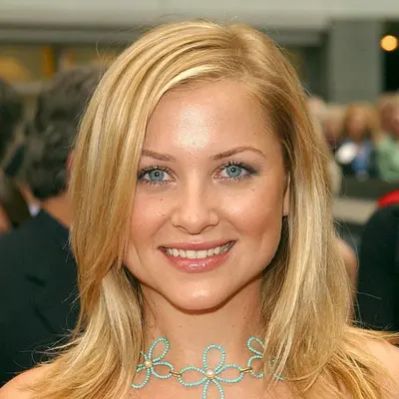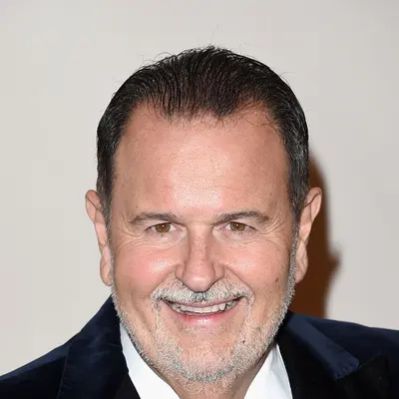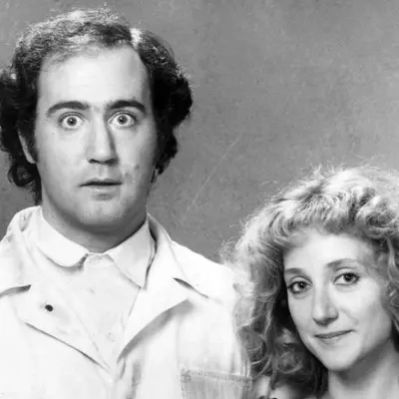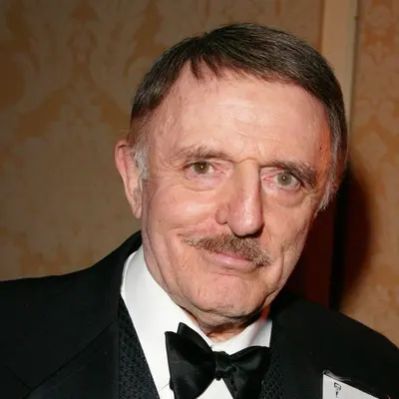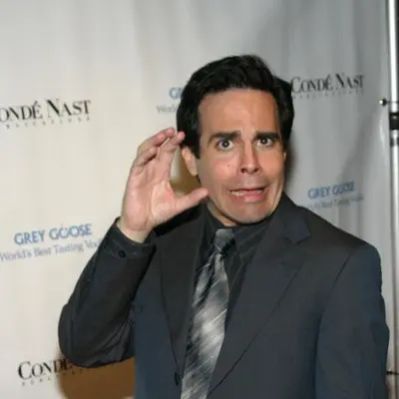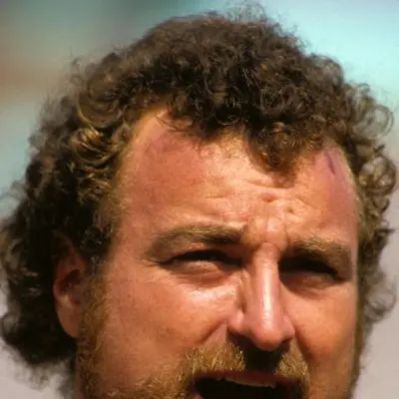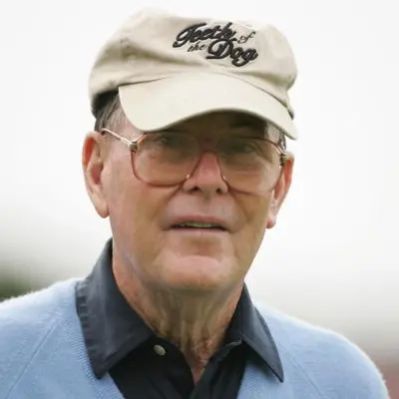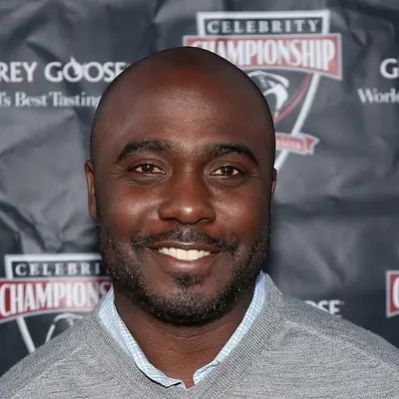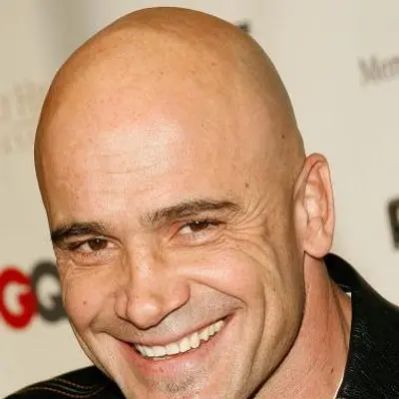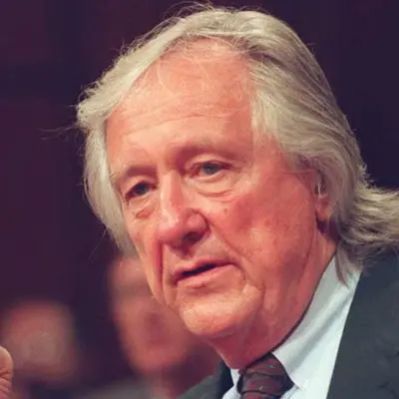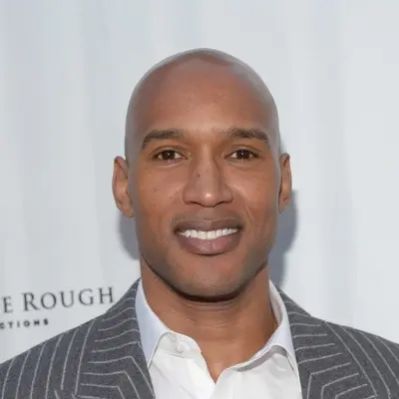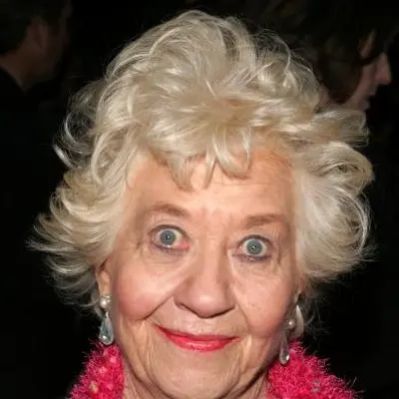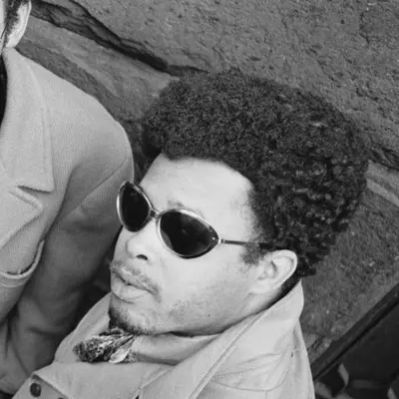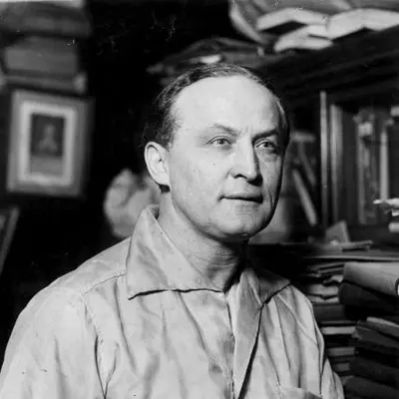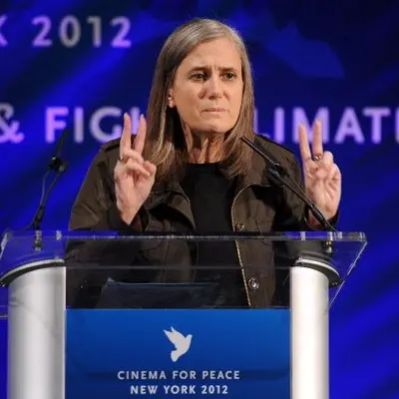What Is Curly Howard’s Net Worth?
At the time of his death in 1952, Curly Howard, the comedic genius best known for his role in the Three Stooges, possessed a net worth estimated at $1 million. Adjusting for inflation, this sum equates to approximately $10 million in today’s dollars. This figure represents the culmination of his earnings primarily from his work in the entertainment industry, specifically through his performances in vaudeville, films, and live shows with the Three Stooges.
Curly Howard’s Early Life and Career Beginnings
Born Jerome Horwitz on October 22, 1903, in Brooklyn, New York, Curly Howard’s journey to comedic fame began far from the glitz and glamour of Hollywood. Growing up in a Jewish family with his parents, Jennie and Solomon Horwitz, and four older brothers, including Moe and Shemp, Jerome’s early life was relatively uneventful. Details regarding his specific childhood residence or schools attended are scarce, but it’s known that he wasn’t an exceptional student. One defining moment occurred at age 12 when he accidentally shot himself in the left ankle while cleaning a rifle, resulting in a limp that he chose not to correct. While specific details about his early jobs or income sources before entering show business are unavailable, it is clear that his initial exposure to the entertainment world came through his brothers, Moe and Shemp, who found success in vaudeville with Ted Healy.
Curly Howard and the Three Stooges: A Comedy Empire
Curly Howard’s rise to fame is inextricably linked to his involvement with the Three Stooges. The act’s journey began with Ted Healy, who formed “Ted Healy and His Stooges,” featuring Moe Howard, Shemp Howard, and Larry Fine. However, Shemp’s departure in the early 1930s opened the door for Jerome, who adopted the stage name Curly. The exact details of Curly’s initial contract with Ted Healy or the Three Stooges are not publicly available, but it is known that his inclusion marked a turning point for the group. Curly’s unique comedic style, characterized by his high-pitched voice, childlike demeanor, improvisation skills, and signature vocal expressions, quickly resonated with audiences. After Healy pursued a solo career, the Three Stooges signed with Columbia Pictures, where they produced nearly 200 comedy short films. These shorts, while not generating exorbitant individual salaries for the Stooges, provided a consistent income stream and solidified their status as comedic icons. While specific financial figures from their Columbia Pictures contract are not publicly accessible, it’s understood that the Stooges were salaried employees rather than receiving royalties or a percentage of the films’ profits. Landmark shorts such as “Punch Drunks,” written entirely by the trio, “Men in Black,” the only short nominated for an Academy Award, and “Three Little Pigskins,” featuring Lucille Ball, contributed significantly to their popularity. By the early 1940s, classics like “A Plumbing We Will Go,” “Cactus Makes Perfect,” and the anti-Nazi short “They Stooge to Conga” further cemented their legacy. However, Curly’s declining health in the mid-1940s began to impact his ability to perform at his peak, ultimately leading to his departure from the group.
Curly Howard’s Personal Life and Relationships
Curly Howard’s personal life was marked by both success and turmoil. He married four times, with each marriage contributing to his overall financial and emotional well-being, as well as periods of distress. His first marriage was to Julia Rosenthal in 1930, ending in divorce in 1931. Specific details regarding any financial settlements or property divisions from this divorce are unavailable. In 1937, he married Elaine Ackerman, with whom he had a daughter, Marilyn. This marriage ended in divorce in 1940, reportedly due to Curly’s insecurities about his shaved head, leading to excessive drinking and spending. The financial impact of this divorce on Curly’s net worth is not precisely documented. In 1945, he married Marion Buxbaum just two weeks after they began dating. This marriage was short-lived, lasting only nine months and resulting in a bitter divorce that received considerable media attention. The sensational coverage of the divorce likely stemmed from the rapid nature of the relationship and the subsequent acrimony. Details about any alimony or settlements paid to Marion Buxbaum are not publicly known. Finally, in 1947, Curly married Valerie Newman, which lasted until his death. Together, they had a daughter named Janie. It’s important to note that Curly’s excessive spending habits and reported insecurities about his baldness during the peak of his career likely contributed to a less efficient management of his earnings. Specific details on luxury items, real estate, or extravagant purchases remain unconfirmed but the narrative suggests possible mismanagement of assets which impacted his overall net worth. There’s no information available about specific real estate he owned, the location of his residences, or the types of cars he drove. Similarly, details about his daily routine, work habits, or public appearances are scarce, apart from his performances with the Three Stooges.
Decline in Health, Final Years, and Death
The final years of Curly Howard’s life were marked by a steep decline in health. He suffered a series of strokes, with the first major stroke occurring in 1946 during the filming of “Half-Wits Holiday,” which effectively ended his tenure as an active member of the Three Stooges. Details about specific medical bills or expenses incurred during this time are not available, but it’s likely that his healthcare costs contributed to the erosion of his net worth. In 1948, he experienced a second significant stroke, resulting in partial paralysis. By 1950, he was confined to a wheelchair and required constant care. In early 1951, he was placed in a nursing home, and subsequently transferred to the North Hollywood Hospital and Sanitarium due to his deteriorating mental state. Eventually, he was moved to the Baldy View Sanitarium in San Gabriel, where he passed away on January 18, 1952.
 Net Worth Ranker
Net Worth Ranker






